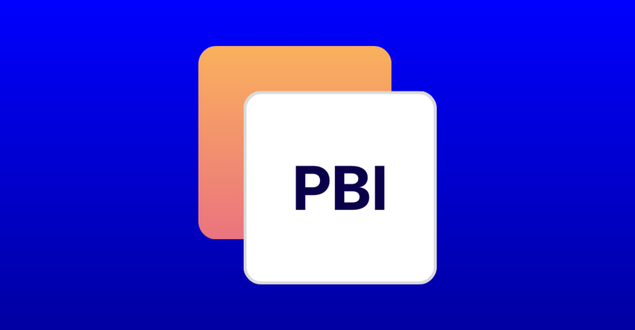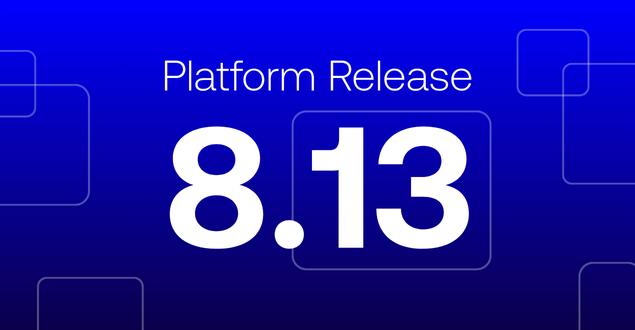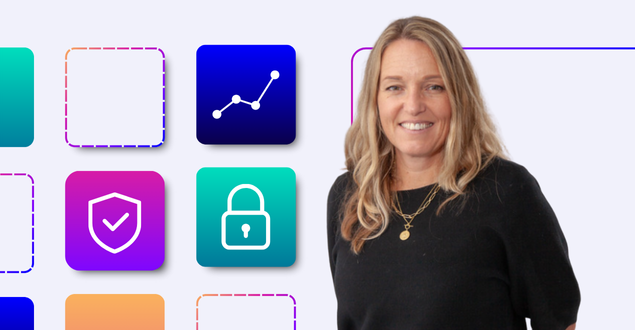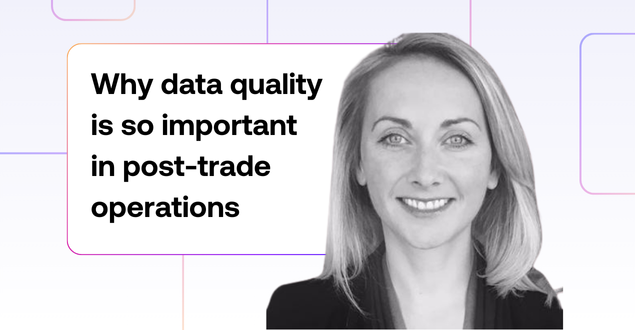
Table of Contents
- Legacy systems constrain growth
- Fragmented systems
- Limited AI adoption
- Regulatory scrutiny & compliance risks
- Weak data strategy and governance
- Building for the modern investor
Get in touch to learn how Genesis can help you modernize your workflows
Wealth management in 2025: A balancing act
In 2025, wealth management firms face a landscape defined by economic volatility, regulatory pressure, and rising client expectations. The challenge is clear: deliver seamless client experiences while strengthening compliance, reducing risk, and preserving profitability.
Success now depends on overcoming legacy technology inefficiencies and embedding automation, scalability, and strong data governance into every layer of the business. Below are five key blockers slowing down growth and strategies to remove them.
1. Legacy systems constrain growth
Many wealth management firms are still running on outdated systems and manual workflows. In fact, 44% of wealth managers say their technology is outdated, and 31% admit it’s not fit for purpose (Avaloq).
These legacy systems limit the ability to expand into new asset classes, regions, or client segments. Meanwhile, inflation and talent shortages are pushing operational costs higher, and ongoing market consolidation is demanding greater agility and cost efficiency.
According to Avaloq, one in four investors would consider switching providers if their wealth manager fails to modernize.

How to address it:
Adopt a modular, multi-asset platform that can scale seamlessly as your business grows. Tools for internal distribution and portfolio management help firms leverage held positions, generate tailored proposals, and adapt quickly to investor demand. The result is a flexible foundation that supports expansion and innovation without adding operational strain.
2. Fragmented systems slow communication
Siloed systems are another major drag on growth. SEI reports that relationship managers spend only 43% of their time on “golden time”, client engagement and portfolio strategy, while manual communications and disjointed processes drain productivity.
RFQs, pricing, and trade execution are still often handled via email, chat, and phone, leading to bottlenecks and slower execution. Yet, according to Wipfli, 58% of firms say automation has had a major positive impact on performance, even though adoption remains inconsistent.
How to address it:
Integrate your relationship managers, advisors, traders, and execution desks within a unified platform. Real-time communication and automated workflows reduce manual touchpoints, accelerate decision-making, and improve accuracy. With fewer handoffs and clearer visibility, teams can spend more time on value-driven client engagement.
3. Limited AI adoption
AI offers enormous potential for wealth management, from faster portfolio construction to smarter client engagement, yet adoption has been cautious. Many firms remain hesitant due to perceived risks and regulatory complexity.
A Gartner study found that 45% of CEOs view generative AI as more of a risk than an opportunity, while 55% see it as a driver of modernization. Meanwhile, ThoughtLab and LSEG report that over 90% of investors are comfortable with AI supporting financial products and services.
How to address it:
Take a measured, scalable approach to AI. Start with intelligent automation in areas like client onboarding, trade execution, and reporting. Use AI systems that are auditable, compliant, and explainable to regulators. By embedding AI within the trade lifecycle, firms can meet modern client expectations while maintaining full governance and control.
4. Regulatory scrutiny & compliance risks
For many firms, compliance remains the single biggest barrier to scaling private market offerings. 82% of wealth managers cite regulation as their top growth constraint.
Laws like GDPR, AML, and fiduciary requirements demand full transparency and auditability. However, many firms still operate without integrated systems capable of tracking decisions across the trade lifecycle, leaving them vulnerable to penalties that can reach €20 million or 4% of annual turnover for data breaches (Xpedition).
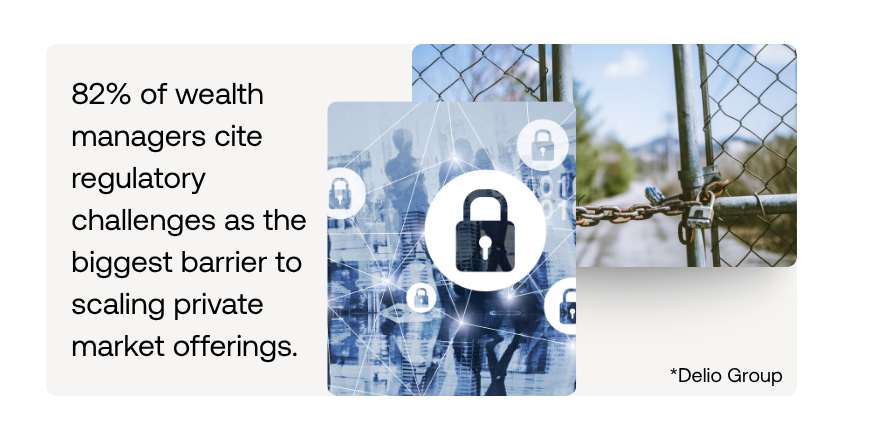
How to address it:
Automate compliance workflows with embedded audit trails. Systems that log every step of trade activity, from pricing rationale to client communications, improve both transparency and risk management. Automation not only ensures regulatory alignment but also frees teams to focus on growth rather than manual oversight.
5. Weak data strategy and governance
Data has become one of wealth management’s greatest assets and biggest challenges. According to EY, 79% of firms cite data quality as a persistent pain point, and 45% say they lack a trusted data layer. Poor data quality leads to missed opportunities, client dissatisfaction, and compliance risk.
Meanwhile, 66% of investors say access to clear portfolio analytics is key to building trust in their advisor (Avaloq).
How to address it:
Adopt a unified data architecture that synchronizes portfolio, pricing, and trading data in real time. Give advisors access to role-specific dashboards and automated reporting so they can deliver insights quickly and accurately. Improved data governance boosts both internal efficiency and client satisfaction — creating a competitive edge in service delivery.
Building for the modern investor
Wealth management growth depends on more than client acquisition – it requires operational excellence, agility, and resilience. By embedding automation, compliance, and data intelligence across the trade lifecycle, firms can achieve:
- Faster decisions through banker-to-trader collaboration and real-time pricing
- Higher efficiency via centralized, multi-asset trade execution
- Stronger compliance with secure, auditable workflows
- Better client experiences through accurate quoting and portfolio management
Genesis enables wealth management firms to modernize their infrastructure, streamline operations, and scale confidently in a complex market.
Ready to accelerate your firm’s growth?
Get in touch to learn how the Genesis Application Platform can help you modernize, reduce risk, and meet the expectations of today’s investors.
